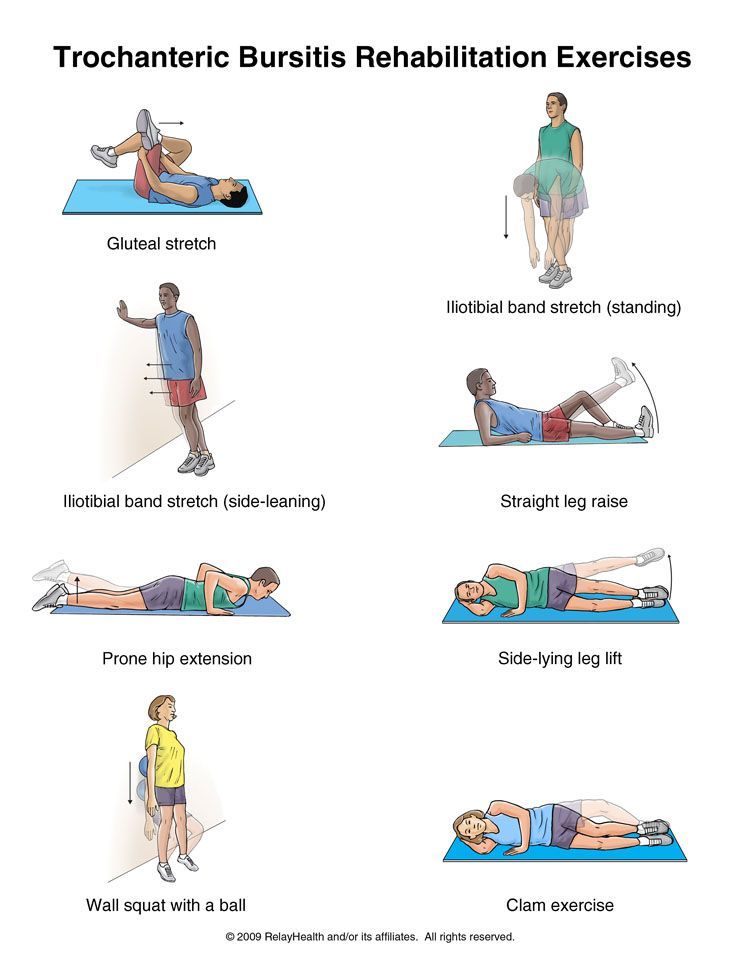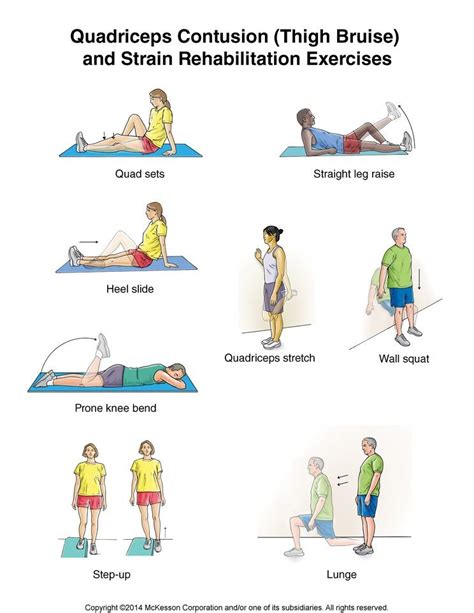Exercises For Bursitis

Bursitis is a common condition that affects the fluid-filled sacs, known as bursae, which cushion joints and reduce friction between bone and soft tissue. The condition occurs when a bursa becomes inflamed, often due to repetitive motion, trauma, or infection. Exercises for bursitis are designed to help alleviate symptoms, improve range of motion, and strengthen surrounding muscles. In this article, we will explore the causes, symptoms, and exercises for bursitis, as well as provide expert insights and recommendations for managing the condition.
Understanding Bursitis

Bursitis can occur in various parts of the body, including the shoulders, elbows, hips, knees, and ankles. The condition is often characterized by pain, swelling, and limited mobility in the affected joint. Repetitive motion and trauma are common causes of bursitis, and certain activities, such as athletics or manual labor, can increase the risk of developing the condition. Understanding the causes and symptoms of bursitis is essential for developing an effective treatment plan.
Causes and Symptoms of Bursitis
The causes of bursitis can be divided into two main categories: infectious and non-infectious. Infectious bursitis is caused by a bacterial or fungal infection, while non-infectious bursitis is often the result of repetitive motion or trauma. The symptoms of bursitis may include pain, swelling, and limited mobility in the affected joint. In some cases, the condition may also cause redness and warmth in the affected area.
| Common Causes of Bursitis | Common Symptoms of Bursitis |
|---|---|
| Repetitive motion | Pain |
| Trauma | Swelling |
| Infection | Limited mobility |

Exercises for Bursitis

Exercises for bursitis are designed to help alleviate symptoms, improve range of motion, and strengthen surrounding muscles. The following exercises can help manage bursitis in the shoulders, elbows, hips, knees, and ankles:
Shoulder Bursitis Exercises
Shoulder bursitis can be managed with exercises that strengthen the shoulder muscles and improve range of motion. Examples of exercises for shoulder bursitis include:
- Shoulder rolls: Roll your shoulders forward and backward in a circular motion.
- Arm circles: Hold your arms straight out to the sides and make small circles with your hands.
- Shoulder blade squeezes: Squeeze your shoulder blades together and hold for 5 seconds.
Elbow Bursitis Exercises
Elbow bursitis can be managed with exercises that strengthen the elbow muscles and improve range of motion. Examples of exercises for elbow bursitis include:
- Elbow flexion: Bend your elbow and hold for 5 seconds.
- Elbow extension: Straighten your elbow and hold for 5 seconds.
- Wrist rotations: Rotate your wrist in a circular motion.
Hip Bursitis Exercises
Hip bursitis can be managed with exercises that strengthen the hip muscles and improve range of motion. Examples of exercises for hip bursitis include:
- Hip flexion: Lift your knee towards your chest and hold for 5 seconds.
- Hip extension: Straighten your leg behind you and hold for 5 seconds.
- Knee lifts: Lift your knee out to the side and hold for 5 seconds.
Knee Bursitis Exercises
Knee bursitis can be managed with exercises that strengthen the knee muscles and improve range of motion. Examples of exercises for knee bursitis include:
- Knee bends: Bend your knee and hold for 5 seconds.
- Knee straightening: Straighten your knee and hold for 5 seconds.
- Ankle rotations: Rotate your ankle in a circular motion.
Ankle Bursitis Exercises
Ankle bursitis can be managed with exercises that strengthen the ankle muscles and improve range of motion. Examples of exercises for ankle bursitis include:
- Ankle circles: Make small circles with your ankle.
- Ankle rotations: Rotate your ankle in a circular motion.
- Toe raises: Lift your toes up towards your shin and hold for 5 seconds.
What are the most common causes of bursitis?
+The most common causes of bursitis are repetitive motion, trauma, and infection. Certain activities, such as athletics or manual labor, can increase the risk of developing the condition.
How can I prevent bursitis?
+To prevent bursitis, it is essential to take regular breaks, stretch regularly, and avoid repetitive motion. Wearing protective gear, such as elbow pads or knee pads, can also help reduce the risk of developing the condition.
What are the symptoms of bursitis?
+The symptoms of bursitis may include pain, swelling, and limited mobility in the affected joint. In some cases, the condition may also cause redness and warmth in the affected area.
In conclusion, exercises for bursitis can help alleviate symptoms, improve range of motion, and strengthen surrounding muscles. It is essential to seek medical attention if symptoms persist or worsen over time, as untreated bursitis can lead to chronic pain and permanent damage to the affected joint. By understanding the causes and symptoms of bursitis and incorporating exercises into your treatment plan, you can effectively manage the condition and improve your overall quality of life.

